Circa 1953, a set of photographs was made chronicling moments in the domestic life of the family of newsman Virgilio P. Reyes Sr. (who was news editor of the Manila Chronicle and later, press secretary to President Diosdado Macapagal) and his wife, Erlinda Alcantara-Reyes (later, speech teacher and chair of the University of the Philippines Department of Speech and Drama).
Their five children were Carlitos, Cynthia, Georgina, Virgilio Jr. (this writer) and Valentin. They are pictured with their grandmother, Far Eastern University English professor, Esther Tempongko-Alcantara, and their aunt, Vilma.
The Philippines had barely recovered from the devastating effects of World War II when in February 1945, Manila was practically razed to the ground by carpet bombing and the street-to-street fighting between the Japanese forces led by Admiral Iwabuchi and American troops under Gen. Douglas MacArthur.
Manila had earned the dubious title of being the city second only to Warsaw in terms of destruction.
The city, which had had a unique blend of Asian, Latin American, European and American cultures, was no more, and its inhabitants slowly but surely struggled to rebuild it to recover its former reputation as the Pearl of the Orient Seas.
Pride of place
Manifesting pride of place, families often had their pictures taken on the threshold of their houses (this one in Paco, Manila), in parks (Burnham in Baguio or the Luneta in Manila) or near landmarks (here, the Malate Catholic Church and Mansion House in Baguio).
This photo-essay depicts a simpler world without the amenities of today’s 21st century mega-metropolis.
There were no selfies then, and black-and-white photos had to go through the arduous process of film in a box camera and development in a commercial store. The era of instant transmission through the Internet still lay around 50 years ahead. Television and computers were nonexistent.
Manila then had no skyscrapers or towering highrises, LRTs and MRTs, elevated skyways or American-style suburbs.
Although still devastated, the capital still hewed to the City Beautiful plan laid out by Burnham and embellished by Filipino architects like Juan Arellano and Andres Luna de San Pedro.
Citizens were content to live in hastily constructed although solid woodframe houses. Simultaneously, the “squatter” or “informal settler”
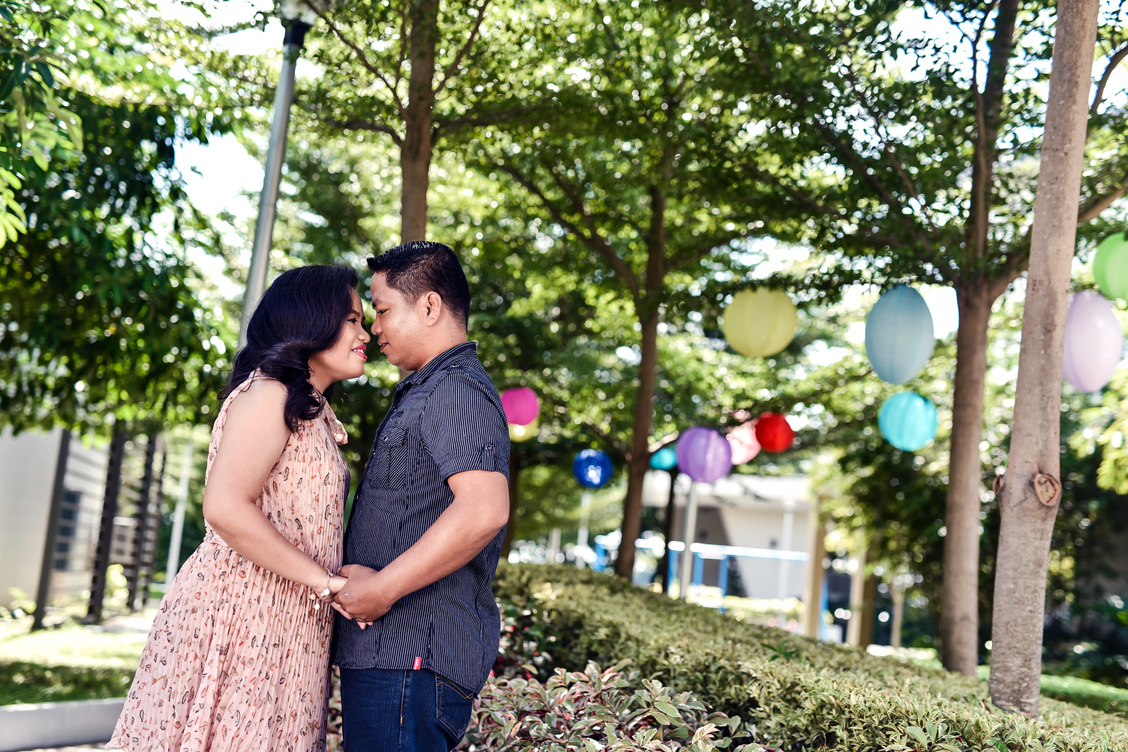






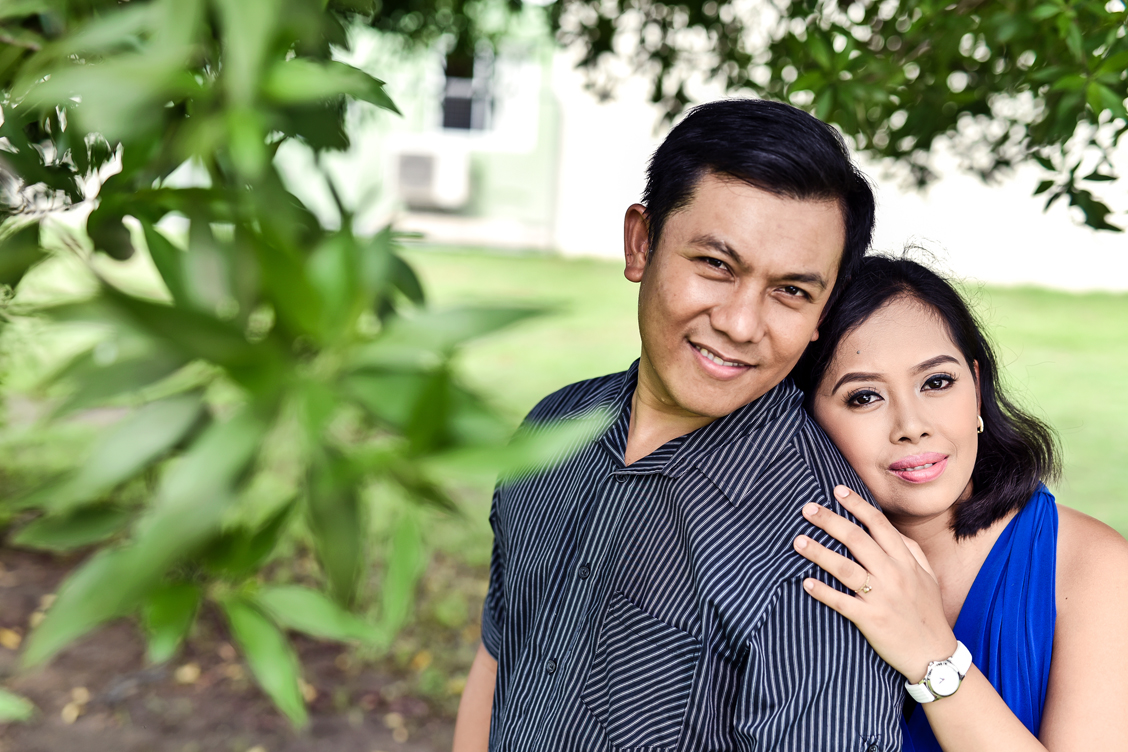
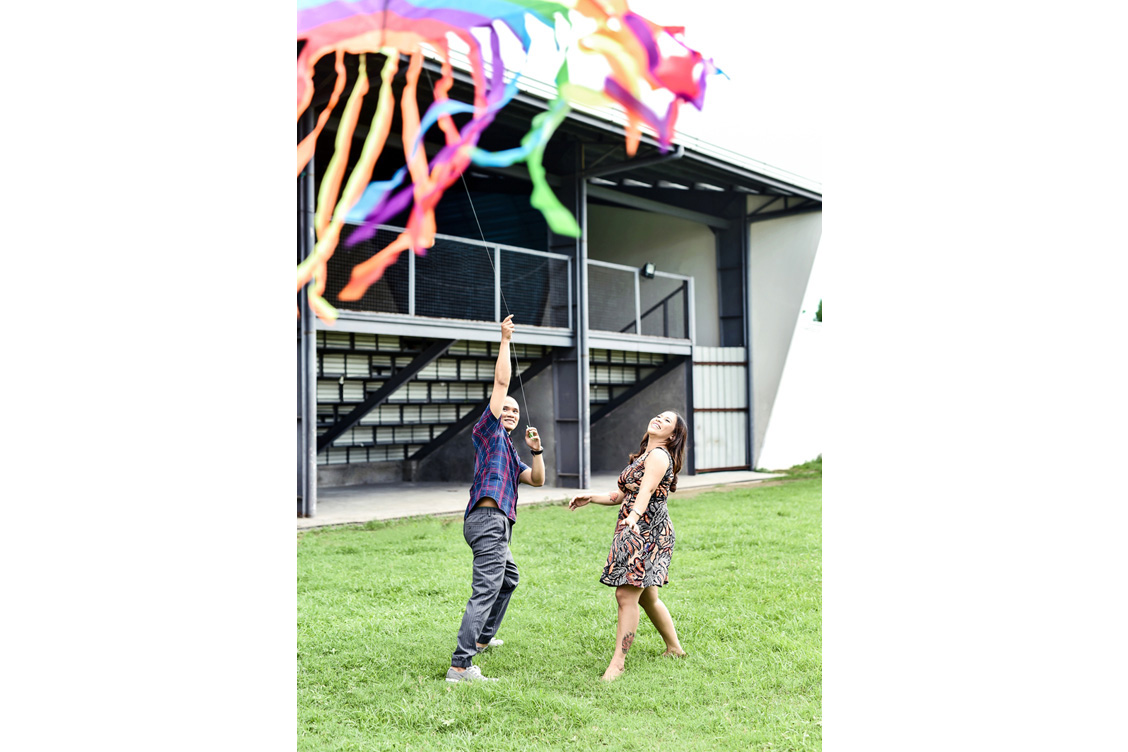

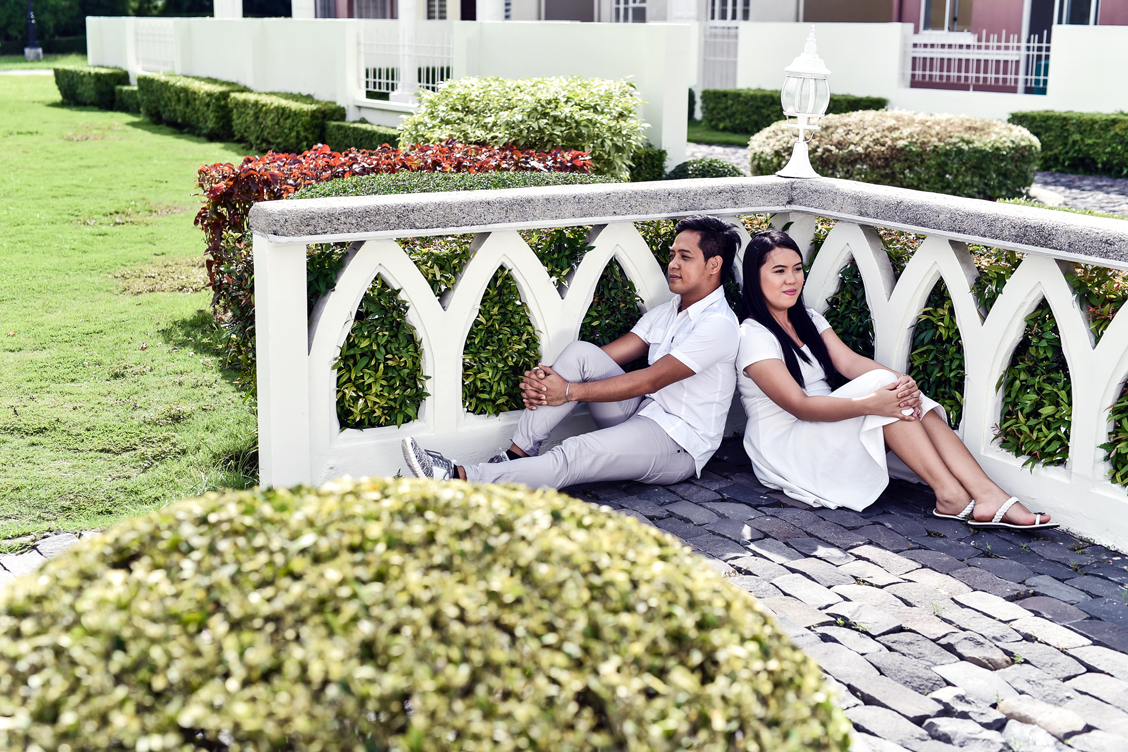
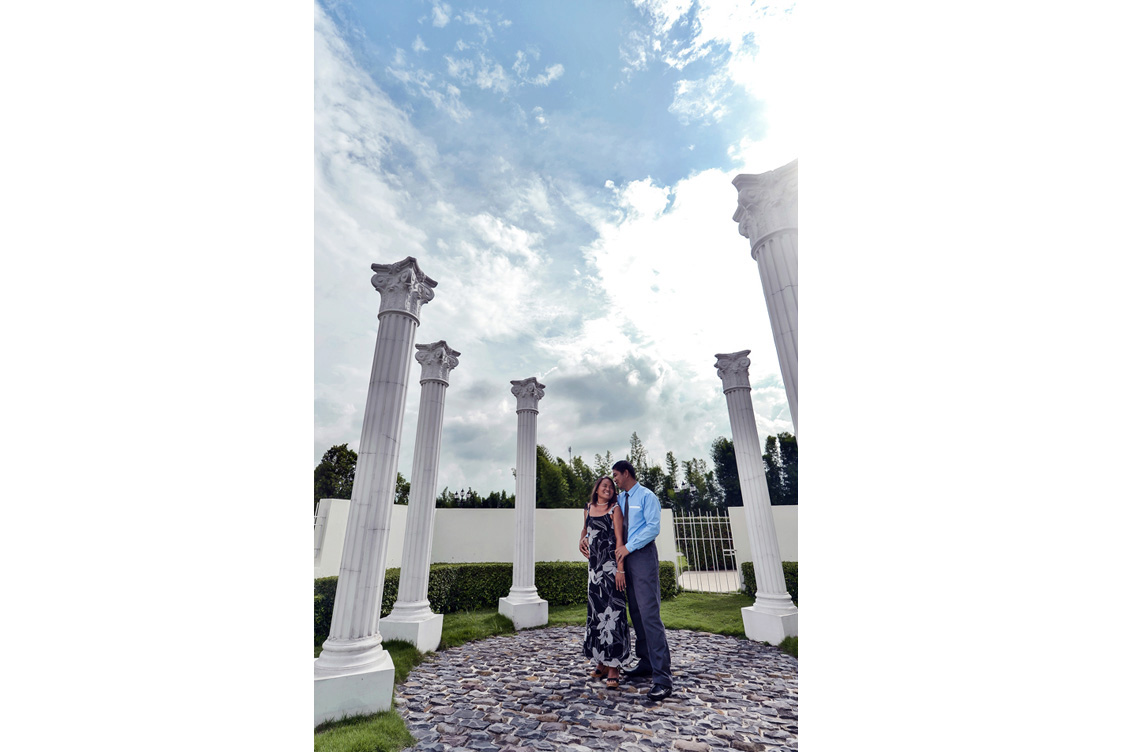
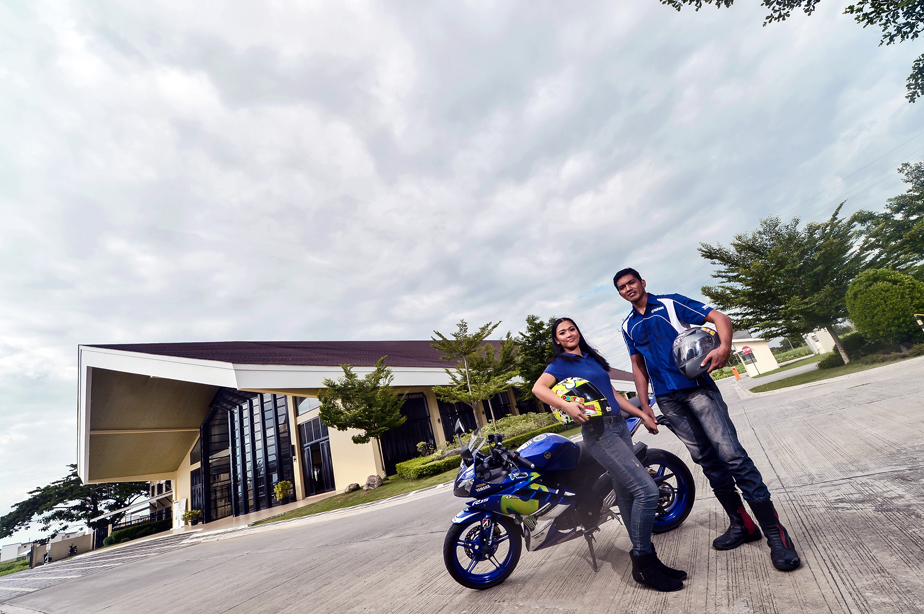



































Another legacy of the war was the colorful jeepney, a temporary measure which would soon permanently clog Manila streets. The beloved tranvia (street car) system which had lent a charming European note to the capital had succumbed under the pressure of the war and the automobile lobby.
7 percent growth rate
With 7 percent annual growth rate in the economy, the Philippines was second only to Japan in Asia and a new prosperity as shown in these pictures with a typical middle-class family.
Although the Hukbalahap Communist movement was still active, the Republic of the Philippines then was hopeful, optimistic and determined despite all odds to bring to fruition dreams that had been born during the Philippine Revolution of 1898, the Commonwealth of 1935 and the Independence of 1946.
Presidential leadership was exemplified by the dutiful and gentlemanly Elpidio Quirino and the ardently popular Ramon Magsaysay.
Values
As the Philippines today embarks on a program of combating drugs and criminality and solving crippling problems such as traffic, unemployment, inequity and overpopulation, a glimpse into the past may provide clues to what values the country should arm itself with to keep the democratic dream alive.
Photo essay
How does an ephemeral and elusive past, 62 years ago, come to life?
Here is a short photo essay on our family answering this query, in a series of 19 black-and-white photos from, most probably, a Kodak Brownie camera. Nothing high-tech here, just the available technology at that time.













































